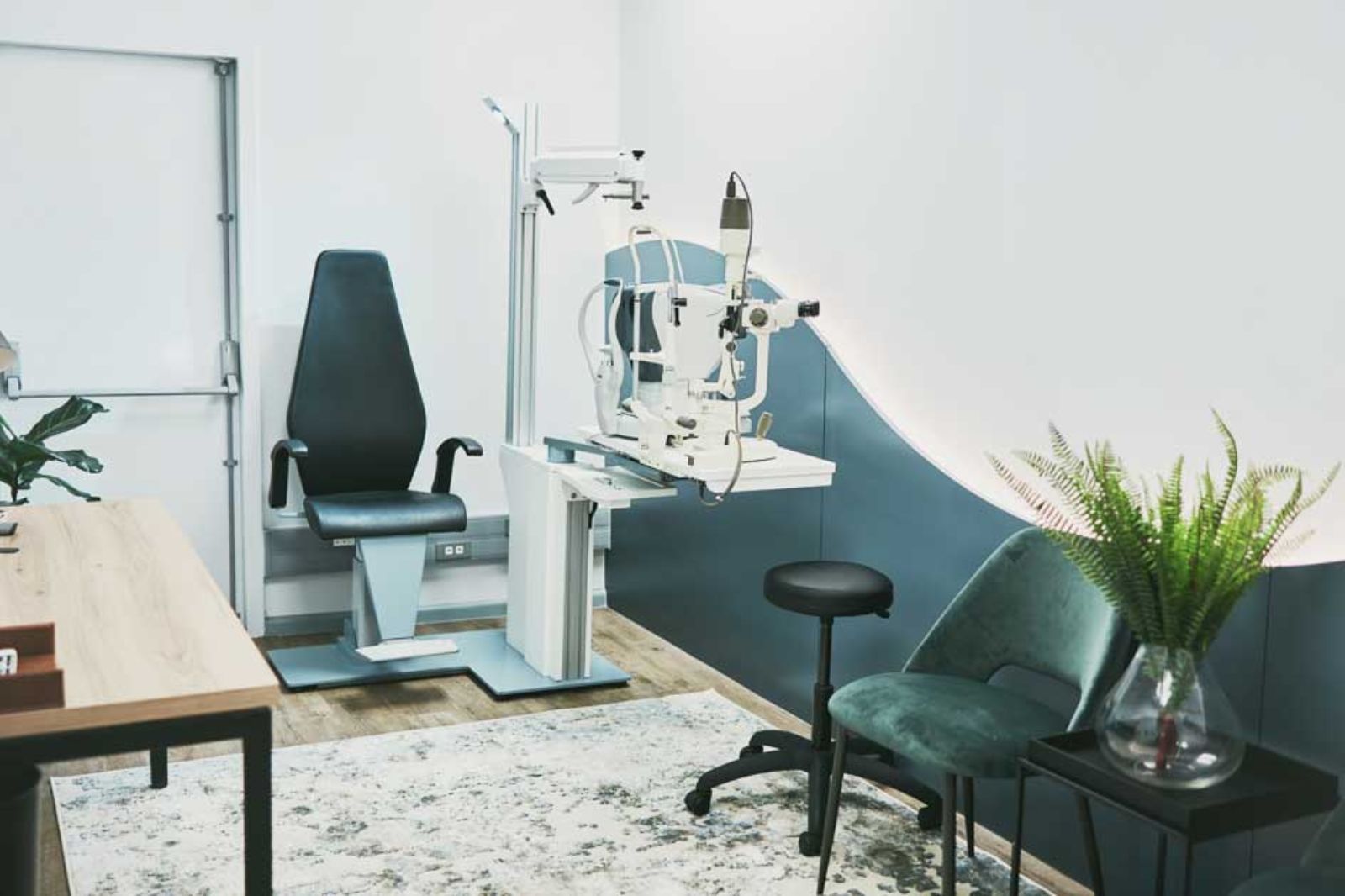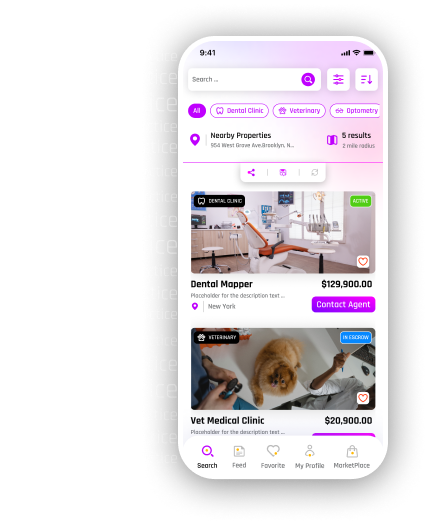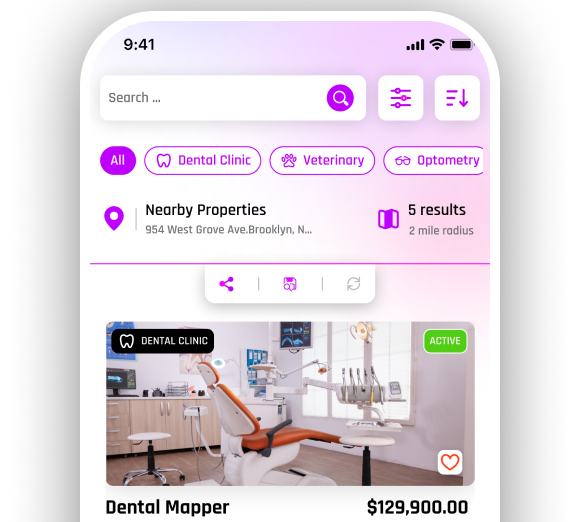Avoiding Build-Out Delays That Can Derail Your Opening

Opening a new healthcare practice is one of the most exciting milestones in a professional’s career. Whether you’re transitioning from associate to owner or expanding into a second location, the anticipation of welcoming patients through your doors can be both thrilling and nerve-wracking. But nothing can derail that excitement faster than unexpected build-out delays. Construction, permitting, and equipment installation are all critical steps, and when they don’t go according to plan, the impact can ripple through your finances, staffing, and even patient trust.
For some professionals, these delays are even more frustrating when they’ve invested in a medical practice for sale or leased space under tight deadlines. The result? Cost overruns, missed launch dates, and lost revenue before you’ve even seen your first patient. Fortunately, with proactive planning and the right strategies, you can minimize risks and keep your timeline on track.
5 Common Causes of Build-Out Delays
Before we talk about how to avoid them, let’s examine why build-outs often hit roadblocks in the first place:
-
Permitting & Zoning Challenges: Healthcare spaces have stricter requirements than standard offices. Waiting on city approvals can add weeks—or months—to your timeline.
Even when paperwork is filed correctly, review boards may request revisions or additional documentation. If your location requires zoning variances, the approval process can stretch far longer than expected. -
Contractor Scheduling: If your contractor is juggling multiple projects, your build may not be their top priority. A busy contractor might delay inspections or push your project behind others they consider more profitable. This misalignment can result in downtime where your space sits unfinished for days or weeks.
-
Design Changes Midstream: Altering the layout after construction begins almost always creates expensive delays. Even a small change—like moving a sink—can trigger new permits, inspections, and additional costs. These adjustments also create scheduling conflicts since subcontractors must return later to redo work.
-
Specialized Equipment Installation: Imaging machines, dental chairs, or surgical suites often require custom electrical or plumbing work.If those requirements weren’t planned in advance, your contractor may have to tear out completed work to reconfigure.
Delays also occur when vendors and contractors fail to coordinate installation dates properly. -
Supply Chain Disruptions: Even small items like cabinetry or flooring can become bottlenecks if not ordered early. Manufacturing backlogs and shipping delays have become increasingly common since the pandemic. If one critical item doesn’t arrive on time, it can halt progress on multiple parts of the build-out.
Knowing where problems usually arise is the first step toward preventing them.
How To Build a Realistic Timeline?
The best way to avoid build-out delays is to plan with a margin for the unexpected. Here are proven strategies to build a realistic timeline:
-
Start Early with Permits
Municipal approvals can take far longer than anticipated. Submit applications as soon as you secure your space, and work with an architect familiar with healthcare codes. -
Hire Specialized Contractors
General contractors may not understand the unique requirements of healthcare practices. Choosing a builder who has worked on clinics, labs, or offices before will save time. -
Order Long-Lead Items Immediately
Anything custom—like cabinetry or chairs—should be ordered on day one to avoid supply-chain slowdowns. -
Build in Contingency Time
Even the smoothest projects hit small snags. Adding a buffer of 10–20% to your timeline prevents frustration later. -
Communicate Weekly
Regular project meetings with your contractor, architect, and design team ensure issues are addressed before they snowball.
Being proactive in these areas not only reduces the risk of delays but also gives you more control over costs—especially if you’re considering opportunities like a medical office for sale that requires immediate renovation.
Budgeting to Protect Against Delays
Time and money go hand in hand during build-outs. Without a smart budget, even minor setbacks can turn into major financial stress. Here’s how to prepare:
-
Allocate a Contingency Fund: Set aside at least 10% of your total build-out budget for unexpected costs.
-
Plan for Rent Overlap: If your lease begins before construction ends, factor in extra months of rent without patient revenue.
-
Negotiate Tenant Improvement Allowances (TIAs): Many landlords will contribute toward build-out costs—negotiate this early to soften the financial hit.
-
Track Change Orders Closely: Mid-project changes are the number one driver of cost overruns. Approve only what’s absolutely necessary.
-
Secure Financing Early: Whether you’re using savings, bank loans, or specialized practice financing, get approval before construction begins so funds are available when needed.
Budget discipline gives you the flexibility to handle setbacks without panic.
The Role of Equipment in Build-Out Timelines
Specialized healthcare equipment is both the heart of your practice and one of the biggest sources of delays. Delivery, installation, and setup often require coordination with contractors, electricians, and vendors.
-
Order Early: Dental chairs, imaging systems, and lab equipment can take months to arrive. Place orders as soon as your space design is finalized.
-
Confirm Installation Requirements: Many devices require dedicated electrical lines, reinforced flooring, or unique ventilation. Confirm these with your contractor in advance.
-
Schedule Vendor Coordination: Don’t assume your contractor will manage vendor timelines. Act as the point of contact to ensure equipment and build-out are aligned.
-
Plan for Training: Installation isn’t the last step—your staff needs training before go-live. Factor this into your launch timeline.
This step is particularly important if you’re expanding through acquisition, such as purchasing a dental practice for sale that needs modernization. In those cases, you’ll be integrating new equipment into an existing footprint, which adds complexity.
5 Proven Strategies to Stay on Track
To pull all the moving pieces together and stay on schedule, here are best practices from experienced practice owners:
-
Use a Project Manager: Hiring a dedicated project manager saves you from juggling contractors, architects, and vendors while still seeing patients elsewhere.
-
Document Everything: Keep written records of approvals, timelines, and budget updates. This protects you if disputes arise.
-
Stay Engaged but Flexible: Check in often but be ready to pivot when small issues surface. Flexibility keeps morale and momentum high.
-
Stage Your Opening: If possible, open with core services first while adding specialized services later. This allows revenue to start flowing sooner.
-
Celebrate Milestones: Tracking progress—like framing completion or equipment delivery—keeps you motivated and focused.
A Smooth Opening Is Worth the Preparation
The process of opening a healthcare practice is filled with anticipation, but without careful planning, build-out delays can quickly turn your dream into a source of stress. By anticipating common pitfalls, budgeting wisely, and staying proactive with contractors and vendors, you can dramatically reduce the risk of missing your launch date.
Ultimately, a smooth opening isn’t just about your peace of mind—it’s about patient trust, financial stability, and long-term success. Whether you’re starting from scratch or renovating after purchasing a veterinary clinic for sale, the same principles apply: plan ahead, expect the unexpected, and stay focused on your goal of welcoming patients into a well-prepared space.
Take the guesswork out of building your practice. The PracticeFinder App helps you plan, connect, and launch on time—download it today to open with confidence.

